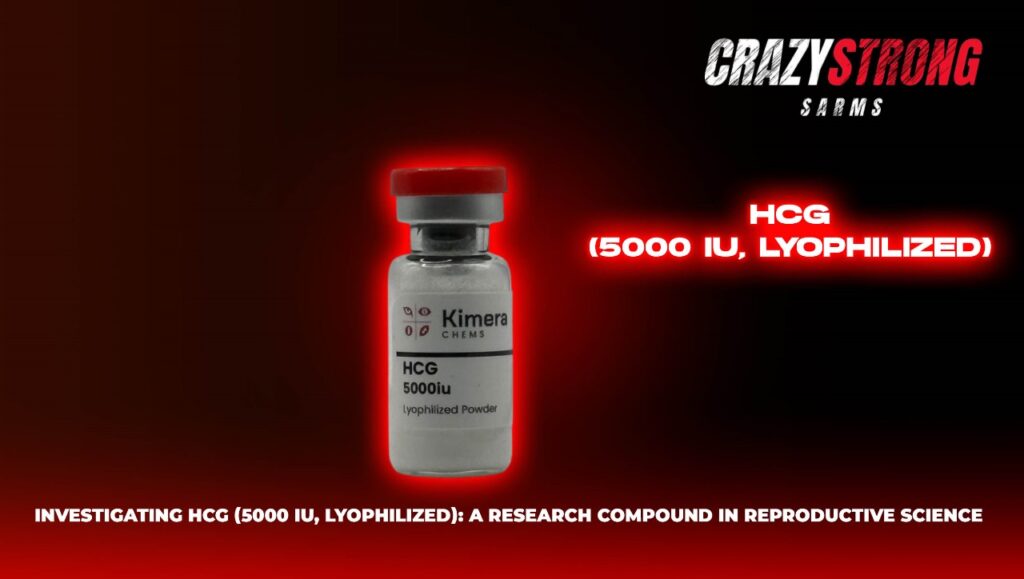In reproductive science, research requires using accurate instruments. One of them is HCG (5000 IU, lyophilized). This is a glycoprotein hormone. It has numerous similarities with luteinizing hormone, which plays a crucial role in reproduction.
Due to this resemblance, HCG can be used as an effective compound in regulated studies. Researchers apply it in the examination of hormones and sexual functions. Hence, we will discuss its mechanism, structure and applications in research.
Understanding HCG (5000 IU, lyophilized)
HCG or Human Chorionic Gonadotropin is synthesized in a purified state. Its standardized biological strength is known as the 5000 IU. Lyophilized is freeze-dried, a method of preserving the compound.
The powder is easily frozen and has a longer shelf life. It should be reconstituted with sterile solvent before it is used in research. It can be used in specific amounts once it is ready. This is necessary in the laboratory experiments on hormones.
Mechanism of Action in Laboratory Models
The activity of HCG (5000 IU, lyophilized) begins at the cell surface. It has a high affinity with the luteinizing hormone receptors. This causes an internal signal system, usually through cyclic AMP.
Activation of cells leads to the elevation of enzymes that synthesize important steroids. This can contain progesterone or testosterone, depending on which model it is. HCG is also applicable in the study of reproductive pathways because the process is predictable.
Another significant characteristic is its long half-life. HCG lasts longer than the natural luteinizing hormone, which is broken easily. This longitudinal intervention allows researchers to monitor the effects. The 5000 IU strength provides an adequate dose to use in experiments where a permanent effect is needed.
Research Applications in IVF
One of the main study areas for HCG (5000 IU, lyophilized) is in vitro fertilization (IVF). IVF relies upon the precise timing of hormones. The studies of HCG contribute to the optimization of these steps, and this is why research type is the focus of any best IVF center.
The final maturation of the eggs is an important step in the IVF process. HCG induces this process. It rejuvenates the division process in the egg and prepares it to become fertilized. Researchers are still optimizing the time and amount required to produce the same result.
Handling and Research Standards
The use of HCG (5000 IU, lyophilized) is a significant laboratory procedure. Since it is in powder form, it should not be handled in a way that contaminates it. It is also crucial that research ethics are observed constantly.
The compound should only be used in controlled laboratories. Research should be conducted according to the rules and regulations. Findings are considered basic science until they are further proven.
Why Quality Matters
Reproductive research requires accuracy that is dependent on the quality of the compound. The purity and the stability of HCG (5000 IU, lyophilized) are important. The suppliers of Labs rely on batches that are tested and documented.
Conclusion
In conclusion, one of the significant substances in the study of reproduction is HCG (5000 IU, lyophilized). It is a reliable tool due to its high association with luteinizing hormone. It helps to study the process of egg maturation, luteal activity, and harmless means of triggering in IVF research.
Some biological applications of IVF include male hormones, pharmacokinetics, and pregnancy research. It is convenient to use in the lab because it is freeze-dried and has a standard strength that can be used anywhere.
It will continue to be the focus of the growing reproductive science. The critical model of essential hormonal functions makes it suitable to continue facilitating discoveries and influence the future of assisted reproduction research.

